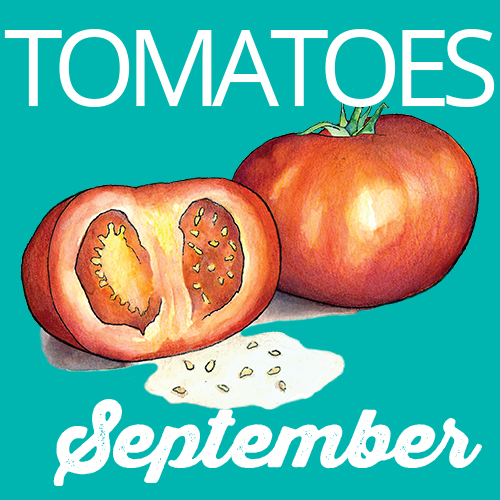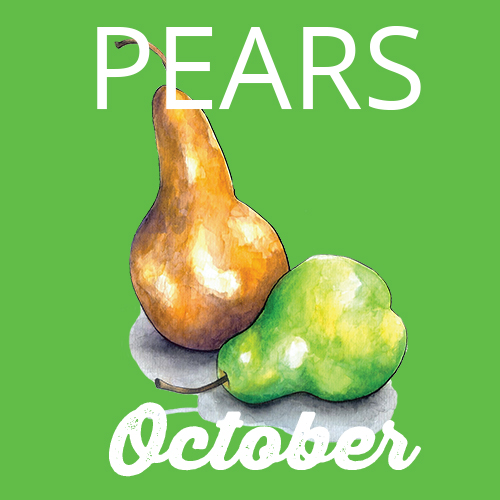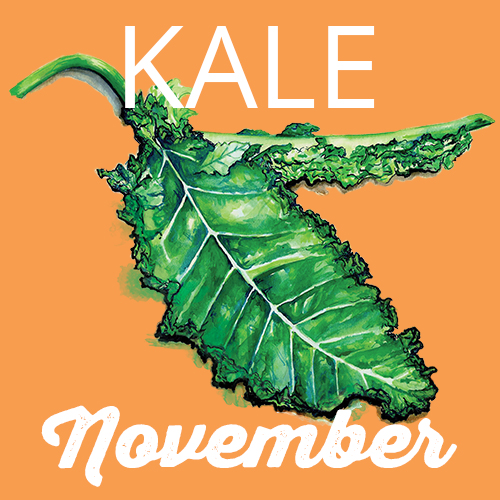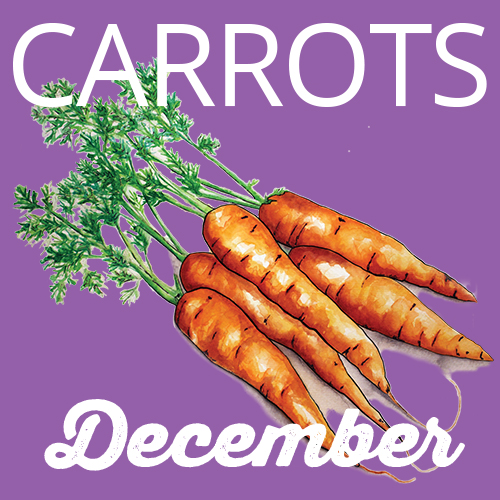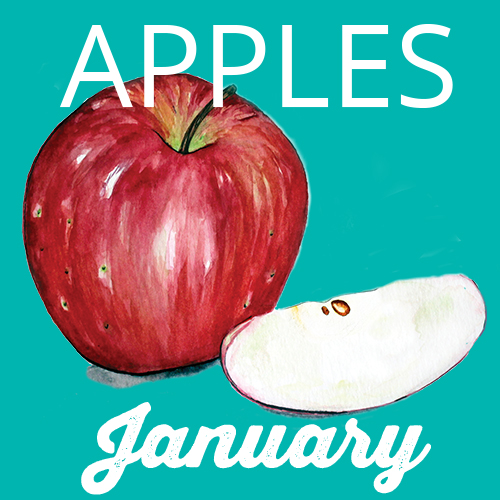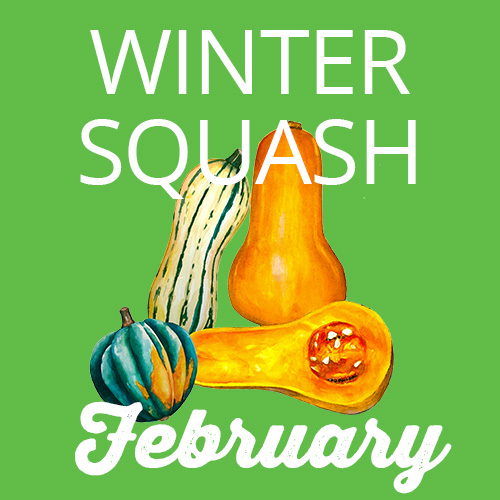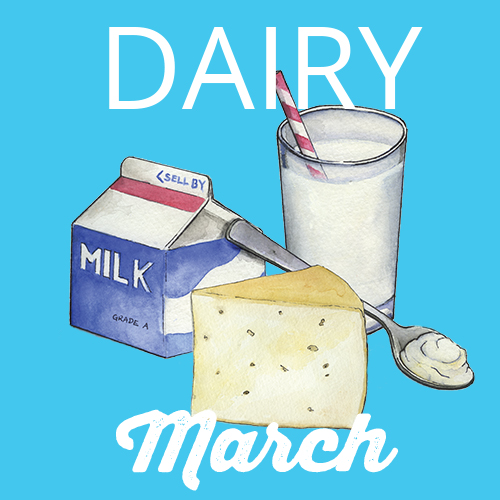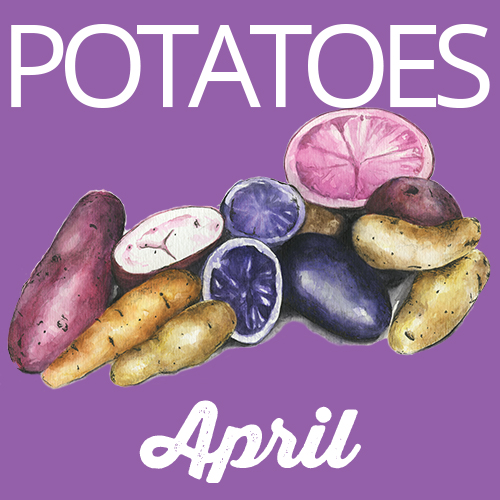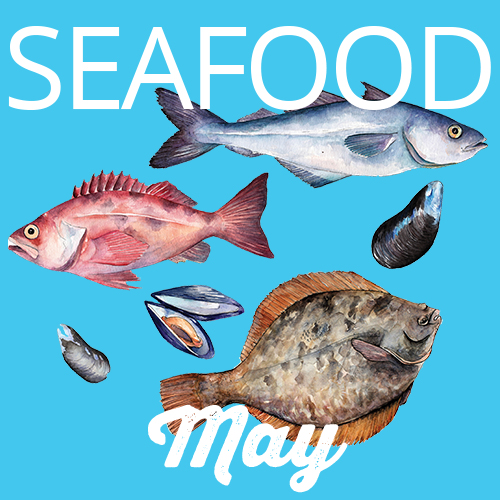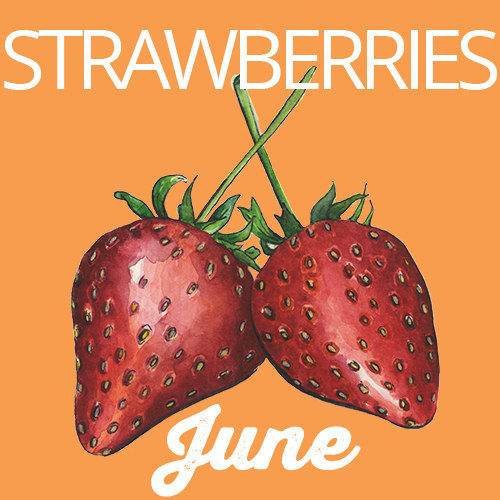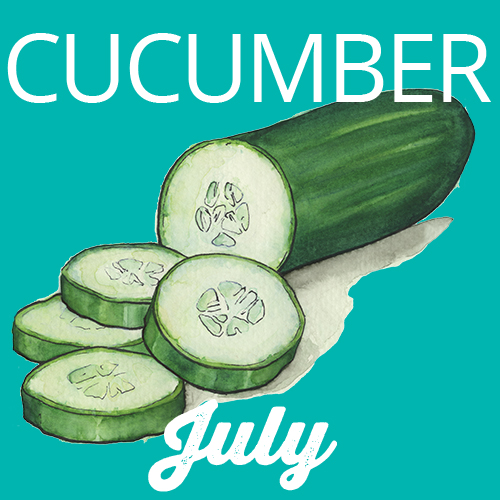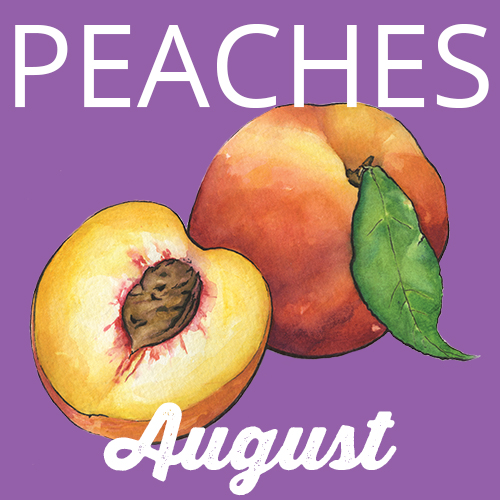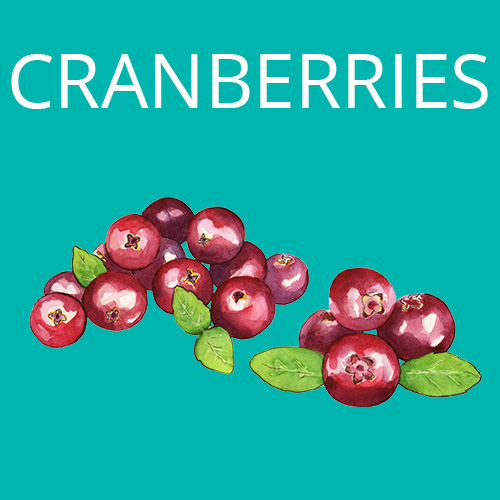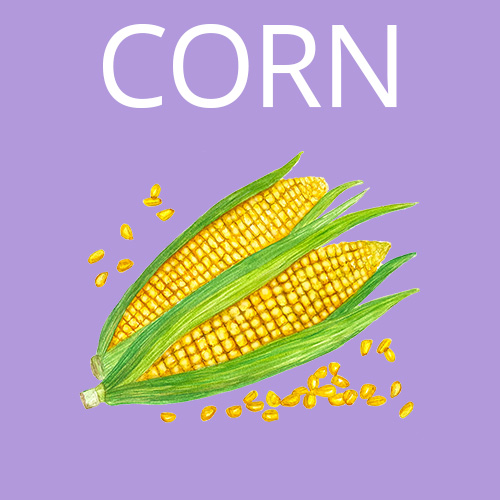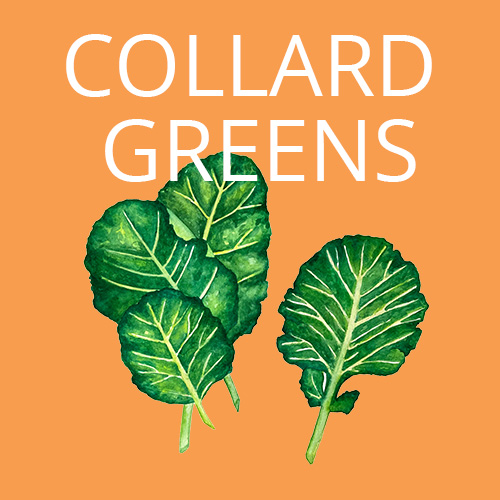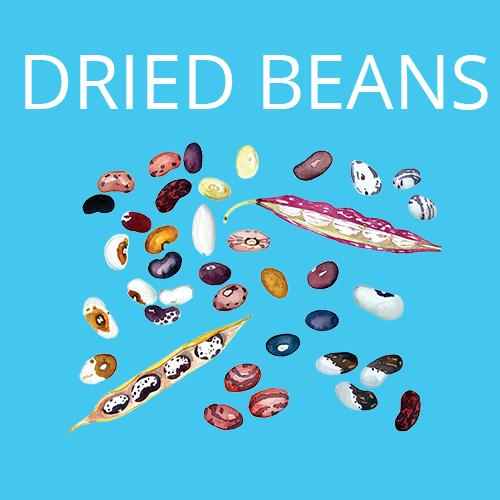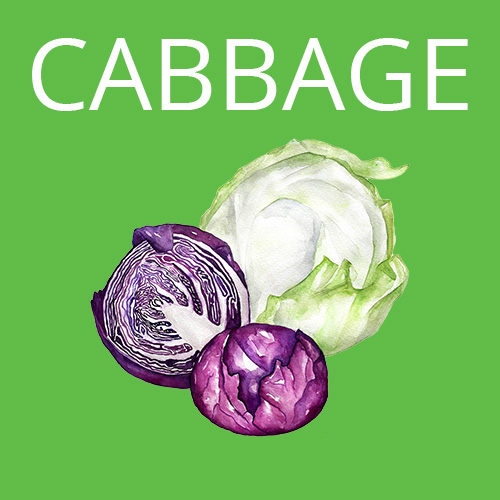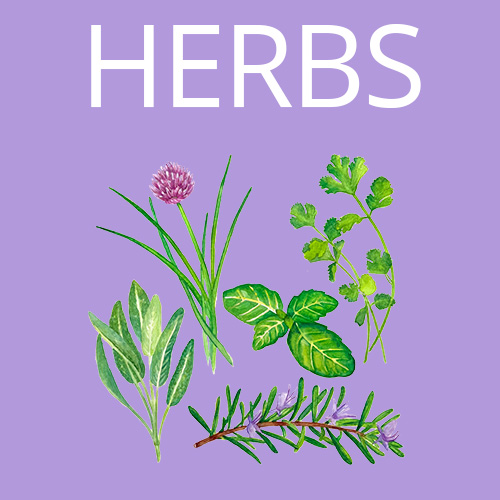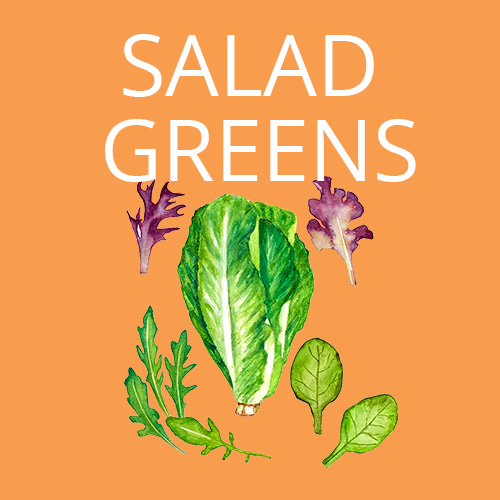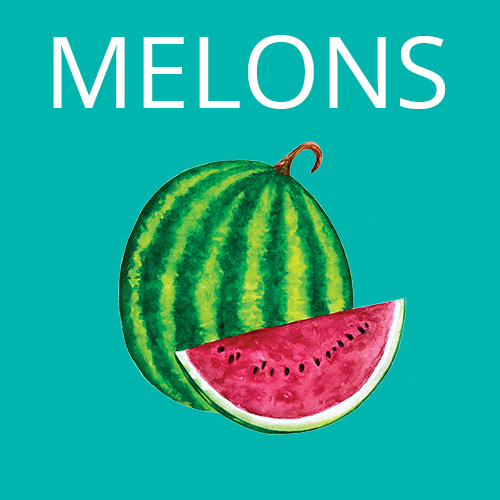
Ingredients 10-12 medium apples (a mix of sweet and tart varieties like Fuji, Granny Smith, and Honeycrisp works best) 1 orange (optional, for added citrus flavor) 4-5 cinnamon sticks 1 tablespoon whole cloves 1 tablespoon...
Learn MoreApples & the Science of Genetic Selection Grades 7-12 What is the difference between natural selection and artificial selection? Are apples different today because of something humans have done or because of something that occurred...
Learn MoreFood Miles and Deserts Grades 7-12 How are food systems connected to overall environmental health? What food choices can we make to benefit ourselves, and the environment? In this lesson, students will understand misconceptions and...
Learn MoreGrades 3-5 Students will understand the scarcity of farmable land on Earth. Students will learn different ways that we can care for and build our top soil. Students learn about related historical events. Download the...
Learn MoreGrades K-2 Students will learn that applesauce is made from apples and that applesauce (i.e. cooking the apples) can be stored much longer than fresh apples. Download the lesson.
Learn MoreContributes to NSLP meal pattern: 2 M/MA, 1⁄4 cup Vegetable; 1 Grain/Bread; 1⁄4 cup Fruit
Learn MoreHave you ever bitten into an apple, set it down for a few moments, and found that it has turned brown? This is caused by an enzyme (polyphenol oxidase and catechol oxidase are two common examples) that...
Learn MoreStudents (Grades 6-8) learn about apple genetics related to production through a hands-on activity exploring the characteristics of apple varieties. Students will apply their knowledge of heredity and genetics to discover how new varieties of...
Learn MoreThis activity teaches students to identify different types of fruits and categorize them into two main groups based on whether they are dry or fleshy. Students will follow a worksheet and complete a lab assignment where...
Learn MoreClassroom lesson for grades K-2 where students will hold their own apple market, learn about apple varieties, and how farmers sell their produce through farmers’ markets.
Learn MoreIn this activity, students will make apple-cabbage quesadillas and learn about the ingredients and materials used to make it. Through this activity, students will be able to improve their food literacy and learn the importance...
Learn MoreA resource from the University of Illinois that provides six math activities involving apples. The activities include: apple fractions, symmetry, writing math problems, charts, and determining the circumference. Apples: A Class Act Math Activities 1....
Learn MoreA worksheet that has simple addition and subtraction word problems about apples.
Learn MoreThis resource has an alphabetical list of the apples that are grown in Massachusetts. The description of the apples include their origin and how each apple can be used for different recipes.
Learn MoreA list of books about apples, appropriate for Pre K through elementary school. Summaries of the book are provided.
Learn MoreIn this activity, students will make applesauce and apple chips to taste test. When taste testing, students are asked to use their sensory skills to describe, and compare the applesauce and apple chips. The class...
Learn MoreIngredients 10-12 medium apples (a mix of sweet and tart varieties like Fuji, Granny Smith, and Honeycrisp works best) 1 orange (optional, for added citrus flavor) 4-5 cinnamon sticks 1 tablespoon whole cloves 1 tablespoon...
Learn MoreApples & the Science of Genetic Selection Grades 7-12 What is the difference between natural selection and artificial selection? Are apples different today because of something humans have done or because of something that occurred...
Learn MoreFood Miles and Deserts Grades 7-12 How are food systems connected to overall environmental health? What food choices can we make to benefit ourselves, and the environment? In this lesson, students will understand misconceptions and...
Learn MoreGrades 3-5 Students will understand the scarcity of farmable land on Earth. Students will learn different ways that we can care for and build our top soil. Students learn about related historical events. Download the...
Learn MoreGrades K-2 Students will learn that applesauce is made from apples and that applesauce (i.e. cooking the apples) can be stored much longer than fresh apples. Download the lesson.
Learn MoreContributes to NSLP meal pattern: 2 M/MA, 1⁄4 cup Vegetable; 1 Grain/Bread; 1⁄4 cup Fruit
Learn MoreHave you ever bitten into an apple, set it down for a few moments, and found that it has turned brown? This is caused by an enzyme (polyphenol oxidase and catechol oxidase are two common examples) that...
Learn MoreStudents (Grades 6-8) learn about apple genetics related to production through a hands-on activity exploring the characteristics of apple varieties. Students will apply their knowledge of heredity and genetics to discover how new varieties of...
Learn MoreThis activity teaches students to identify different types of fruits and categorize them into two main groups based on whether they are dry or fleshy. Students will follow a worksheet and complete a lab assignment where...
Learn MoreClassroom lesson for grades K-2 where students will hold their own apple market, learn about apple varieties, and how farmers sell their produce through farmers’ markets.
Learn MoreIn this activity, students will make apple-cabbage quesadillas and learn about the ingredients and materials used to make it. Through this activity, students will be able to improve their food literacy and learn the importance...
Learn MoreA resource from the University of Illinois that provides six math activities involving apples. The activities include: apple fractions, symmetry, writing math problems, charts, and determining the circumference. Apples: A Class Act Math Activities 1....
Learn MoreA worksheet that has simple addition and subtraction word problems about apples.
Learn MoreThis resource has an alphabetical list of the apples that are grown in Massachusetts. The description of the apples include their origin and how each apple can be used for different recipes.
Learn MoreA list of books about apples, appropriate for Pre K through elementary school. Summaries of the book are provided.
Learn MoreIn this activity, students will make applesauce and apple chips to taste test. When taste testing, students are asked to use their sensory skills to describe, and compare the applesauce and apple chips. The class...
Learn MoreSample Announcement
Good morning, this is _____, with a Harvest of the Month soundbite. Did you know that on average the food you eat travels 1,500 miles from where it is grown to reach your plate? This week we are featuring fresh, healthy, LOCALLY GROWN foods in the cafeteria. Look for APPLES grown by local farmers (name the farm(s) you’re purchasing from if you can) in school lunches this month. Can you taste the difference?
Family Newsletter
Arabic
English
Haitian Creole
Khmer
Mandarin
Portuguese
Spanish
Vietnamese
Phone: (413) 253-3844
Email: info@massfarmtoschool.org

